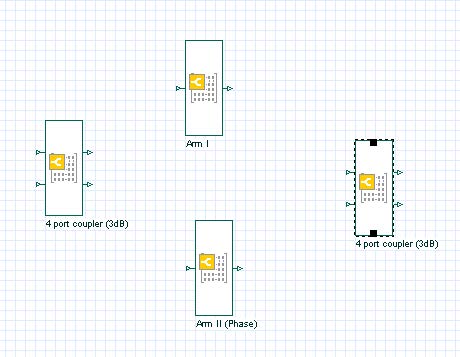

However, FSO links are susceptible to atmospheric deficiencies including attenuation, scintillation, and turbulence, which may severely impact the performance of the communication link. The maximum link length offered by the FSO–WDM system has been investigated with hybrid optical amplifier considering the minimum bit error rate, which can provide reliable and long-distance communication.įree Space Optical (FSO) communication systems, offering high-speed and high-bandwidth transmission, have emerged as a possible substitute for conventional wired and wireless communication systems. By implementing wavelength division multiplexing (WDM) and free space optical (FSO) communication techniques, the capacity of the channel can be increased, and more users can be accommodated. The next-generation networks must be capable of supporting a significant amount of backhaul data traffic, accommodating a larger number of users, and increasing channel capacity to meet the demands of modern data communication. This loss of power during transmission can be improved by using suitable amplifiers (hybrid optical amplifier, semiconductor optical amplifier) to provide better performance. Despite the above-mentioned advantages, some factors have to be considered when establishing long-range communication, one such factor is atmospheric turbulence (haze, light fog, moderate fog) which degrades the ideal characteristics of the FSO channel and causes a loss in the signal’s power. Now our all setup is done and if anything left, that is just to test it.An FSO system can provide a solution to the problem of last-mile connectivity while also offering a high degree of security and a large capacity for high-speed information transmission, making it a versatile and powerful option for data communication. (Note: The Templates are not by correct measurements they are for reference only) For this case we will glue the supports on the ends of the solar panel and our receiver is also ready to go.Glue the wire of the Jack at the end of the Lower cardboard and the Transmitter is ready to go.Glue the resistor and wires according to the empty space left.


Pass the LED through the hole and glue it there.Make a hole on one of the big cardboard pieces (almost in the center).Place the Battery near the inside of joint.Attach the Cardboard Supports on both sides of the L joint to make it more stable.Make a L shaped Structure with the 2 bigger pieces of Cardboard.Cut out the pieces of Cardboard as per the measurements given above or you can use wood too but I recommend Cardboard as it will be easier to work on.By this our Project will look neat and will be safer than open Circuits. We have completed the Circuits of the Transmitter and Receiver and now its turn to make Protective Case for them.


 0 kommentar(er)
0 kommentar(er)
